The content of the article
Epistaxis is divided into two types: anterior and posterior. The first option occurs when there is damage to the shallow capillaries from the Kisselbach zone. The reason for the second is a bursting large vessel located in the middle or back of the nose. Front bleeding is not dangerous, it is stopped at home. A person with the second type needs the help of a specialist and, possibly, surgical intervention.
Correct position
A patient with bursting capillaries of the nose is seated on a chair or chair. The loss of even 100-200 ml of blood is accompanied by dizziness and disorientation. The victim may lose consciousness and fall, injuring his head.
If the cause of the bursting capillaries was a sunstroke, a person is transferred to the shade. In the absence of furniture, the patient is seated on the ground, with his back against a wall or tree. The head is tilted down, pressing the chin to the chest so that blood flows freely from the nasal cavity. A clean towel or napkin is placed under the lower jaw so as not to stain clothes.
Vessels burst due to severe mechanical injury, and the victim cannot stand or sit? The patient is laid on the bed, raising his head above the rest of the body. Turn on its side, lay a large pillow or blanket, rolled up.
In patients who threw back their head in a sitting or lying position, blood flows into the esophagus. Fluid enters the trachea, making it difficult to breathe, and irritates the stomach, causing nausea. The load on the cardiovascular system increases, blood pressure rises. This situation does not help stop the blood, but only worsens the well-being of the patient. A patient who has started vomiting may suffocate.
How to help
Damaged vessels need to be narrowed, so something cold is applied to the bridge of the nose and neck. Pieces of ice wrapped in a plastic bag and a terry towel, frozen meat or fish fillet are suitable.
Feet are placed in a basin of warm water or a heating pad is placed on the feet. Blood rushes from the head to the lower part of the body, and blood clots form in small vessels located in the Kisselbach zone. In 70–80% of cases, this is enough to eliminate the problem and normalize the patient’s well-being.
In case of emergency
Epistaxis has opened on the street, and there is no ice and a warm heating pad at hand? First, the patient should sit on a bench or the ground. Then he is advised to blow his nose to clear the passages of the accumulated red liquid and mucus, and to clamp one or both nostrils for 4-10 minutes. Breathe in the mouth at this time.
If small capillaries are damaged, small thrombi will close them. After stopping the bleeding, you need to rest, and so that it does not open again, you can not get up sharply. Rinse off the red marks with clean water, but do not touch the crust formed inside the nose for at least 12 hours.
Medications
With scanty discharge, it is recommended to use drops from a runny nose, which constrict the blood vessels. Will fit:
- Otrivin;
- Tizin;
- Sulfacyl sodium;
- Sanorin;
- Galazolin;
- Farmazolin;
- Xylen.
The drug is administered in both nostrils, 5-6 drops. The patient blows his nose, clearing the passages from the accumulated blood, then instills the drug. Do not throw back your head, but simply press your wings to the cartilage with your index and thumb.
With copious discharge, tampons from sterile cotton wool wrapped in a gauze layer are soaked in drops, and then introduced into the nasal cavity, pushing as deep as possible. The victim is offered to eat ice cream or hold a piece of ice in his mouth. Cold helps to narrow the blood vessels and enhances the effect of drops.
Folk methods
Patients with fragile vessels or chronic sinusitis, due to which nosebleeds periodically occur, are recommended to keep decoctions of medicinal herbs on hand. Useful:
- rosehip;
- thyme;
- bearberry;
- peppermint;
- motherwort;
- chamomile;
- barberry;
- Highlander.
Comfrey has hemostatic properties, but the plant cannot be mixed with linden, otherwise the broth will give the opposite effect. With cool water infusion, the nasal cavity is washed or cotton swabs are moistened in the grass blank.
Instead of nasal drops, freshly squeezed juice from the leaves is used:
- nettles;
- plantain;
- yarrow.
Anterior nasal bleeding with scanty discharge will stop beetroot or viburnum juice, as well as lemon and currant juice. It is diluted with boiled water and injected with a clean syringe. The tool is instilled into the nose or soaked in cotton swabs.
Decoctions of yarrow or bark of viburnum are recommended to be taken orally, but the drink must be cooled. Warm tea leads to vasodilation, which can cause bleeding to intensify.
Patients whose capillaries burst during outdoor recreation are advised to find the plantain and pick a few leaves. The workpiece is washed with mineral water, knead until juice appears, and then twisted with a tight tube and inserted into the nasal passages.
If the capillaries do not burst due to mechanical injuries, it is advised to apply a large bulb cut in half to the back of the head. Press a small towel soaked in ice water to your forehead.
Important: Do not drip breast milk into your nose. The product does not cauterize injured small vessels, but only curls up and clogs the airways. The drug is a source of bacteria, due to which the mucous membrane becomes inflamed, and swelling and purulent discharge appear.
Solutions and disinfection
Peroxide can quickly cope with nosebleeds. You will need sterile cotton wool, from which a thick swab is twisted. Wrap the billet in a piece of gauze, dip in peroxide. When the liquid is absorbed, insert the swab into the nasal passage.
The tool disinfects and cauterizes bursting capillaries, so bleeding stops after 3-5 minutes. The main thing is to bend your head down so that the foaming peroxide does not enter the esophagus. Injured vessels are cauterized with a solution of novocaine (1%), chromic or trichloroacetic acid. Drugs are used, like peroxide. With non-abundant secretions, the drug is administered into the nose instead of nasal drops.
Disinfecting solutions with hemostatic properties are prepared from salt: dissolve 20 g of spice in a glass of chilled boiled water. Stir and rinse your nose with a clean syringe. Then insert dense cotton swabs or press the wings against the septum.
If there is no suitable equipment, the saline solution is “inhaled”, and then the nose is pinched for 1-2 minutes. Lower your head so that the product mixed with blood does not flow into the esophagus.
Bursting vessels are cauterized with table vinegar. Dissolve a teaspoon of nine percent in a glass of water, moisten cotton swabs in acidified liquid and insert into one or both nostrils.
Homemade turundas are impregnated with rosehip oil or sea buckthorn if brittle capillaries weakened by chronic sinusitis or sinusitis become the cause of bleeding. The nose is pre-washed with saline or peroxide to disinfect.
You can burn bursting capillaries with alum. For a part of the product, 3 parts of water. In the solution, cotton tows or balls are wetted.
In the first-aid kit, the motorist has a homeostatic sponge.A small piece is cut from it and inserted into the nostril. The sterile agent does not need to be removed. The sponge stops bleeding and then resolves within a few hours.
How to help a child
The baby, whose nose bleeds for the first time, needs to be reassured and sat on the sofa, putting a napkin under the chin. Bend your head down, put ice or frozen meat on the nose. If bleeding does not stop, inject turunds soaked in peroxide or nasal drops into the nose.
Using saline or vinegar solution for washing is undesirable. Parents are advised to unfasten or loosen the collar, to bring the child to the open window. He should breathe through his nose, not his mouth. Oxygen contributes to the formation of blood clots, which block the bursting capillaries, and bleeding stops.
With abundant secretions, the child is given a spoonful of calcium chloride (5-10%), glycerophosphate or calcium gluconate. The Vikasol tablet or 60 ml of a weak saline solution, which is taken orally, will help. To narrow the vessels, the patient is asked to hold a small piece of ice in his mouth.
If the blood does not clot within 15 minutes, you need to call an ambulance or take the child to the doctor yourself, so that the specialist imposes tourniquets. Prior to the arrival of doctors, parents should press a rubber heating pad with ice to the patient’s nose. Feet need to soar in warm water.
Harness Removal
Wet turunds are carefully separated from the mucosa and removed. The nose is washed with a weak saline solution to facilitate breathing and to clear the passages of dried blood particles. Slowly inject 5-10 ml of liquid, tilting your head down. The solution should flow out on its own, it is forbidden to blow your nose, otherwise repeated bleeding may begin.
You can’t sharply pull out cotton tows that have stuck to the mucosa without first wetting them, otherwise there will be a mother tongue or copious red discharge. After extraction with a swab and washing, the mucosa is treated with ascorbic acid or solutions based on silver nitrate (50%).
Contraindications
A patient who has had nosebleeds is given a glass of mineral or distilled water to restore fluid balance in the body. Within 24–36 hours it is forbidden to drink black tea, any alcohol, cocoa or coffee. The drinks contain caffeine, due to which the pressure rises and the vessels expand. One cup is enough for unhealed capillaries to burst a second time, and bleeding begins. Sometimes repeated discharge is more abundant than the first.
Loss of blood is stress for the body, so the patient is advised to lie down for at least 3-4 hours, so that the body rests and recovers.
The capillaries and vessels located in the nose burst due to injuries, abuse of nasal drops or chronic diseases like sinusitis or sinusitis. Regular bleeding indicates serious health problems: leukemia, cirrhosis, benign and malignant tumors in the brain. Only a doctor can determine the cause and choose treatment, so do not neglect the consultation of the ENT or therapist.
Video: how to stop nosebleeds

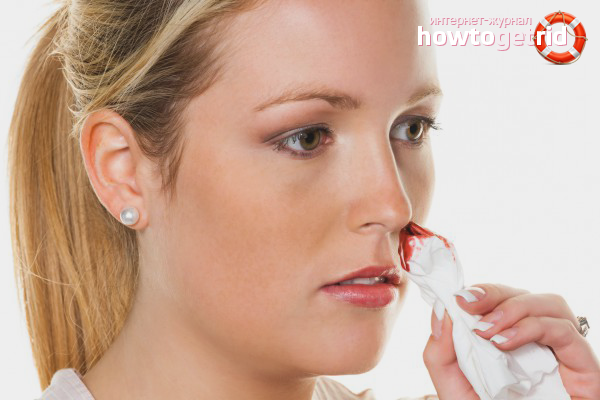
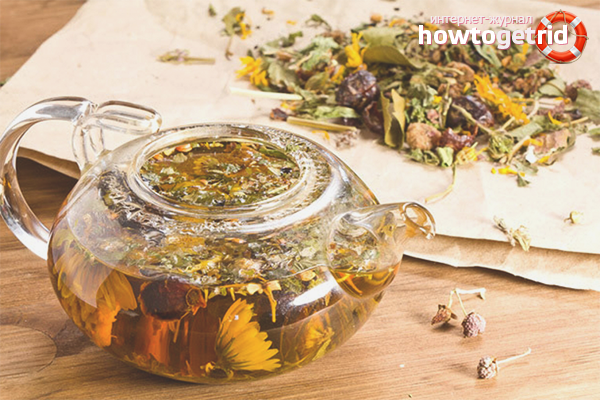

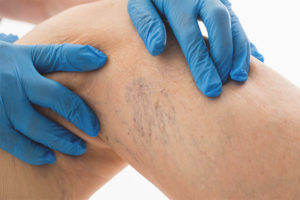
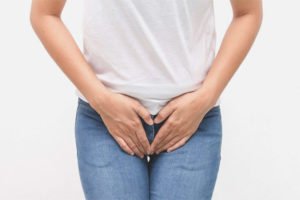
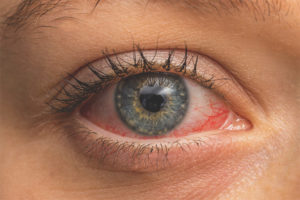


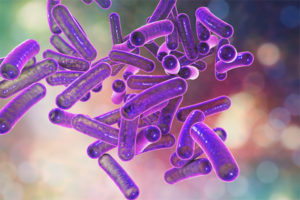
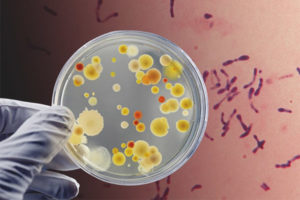

Submit